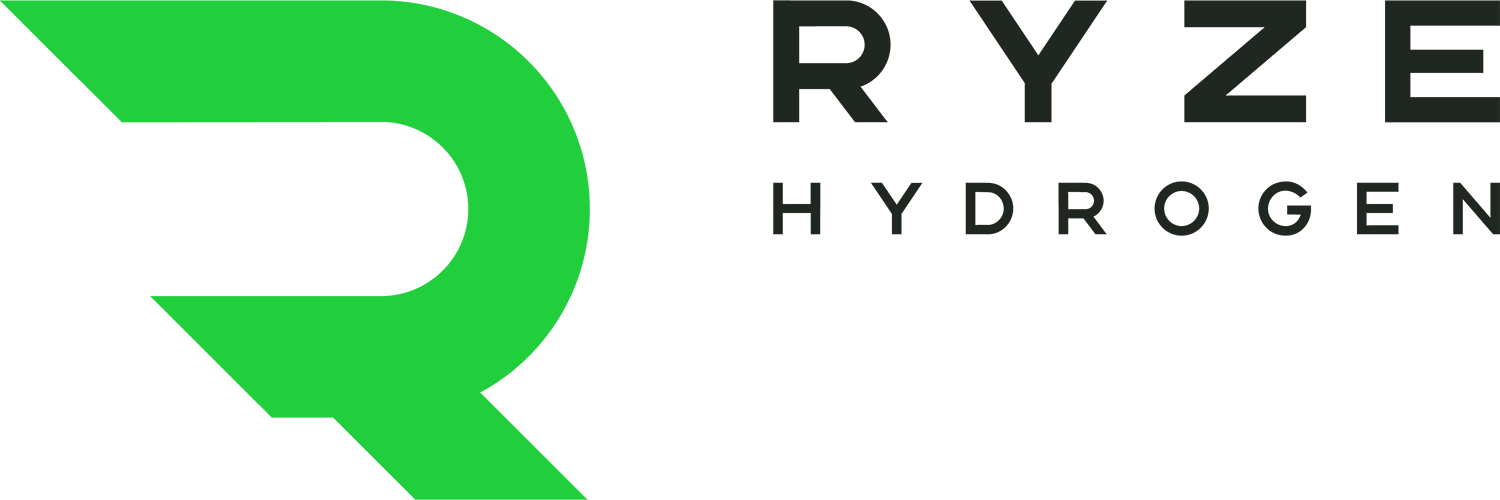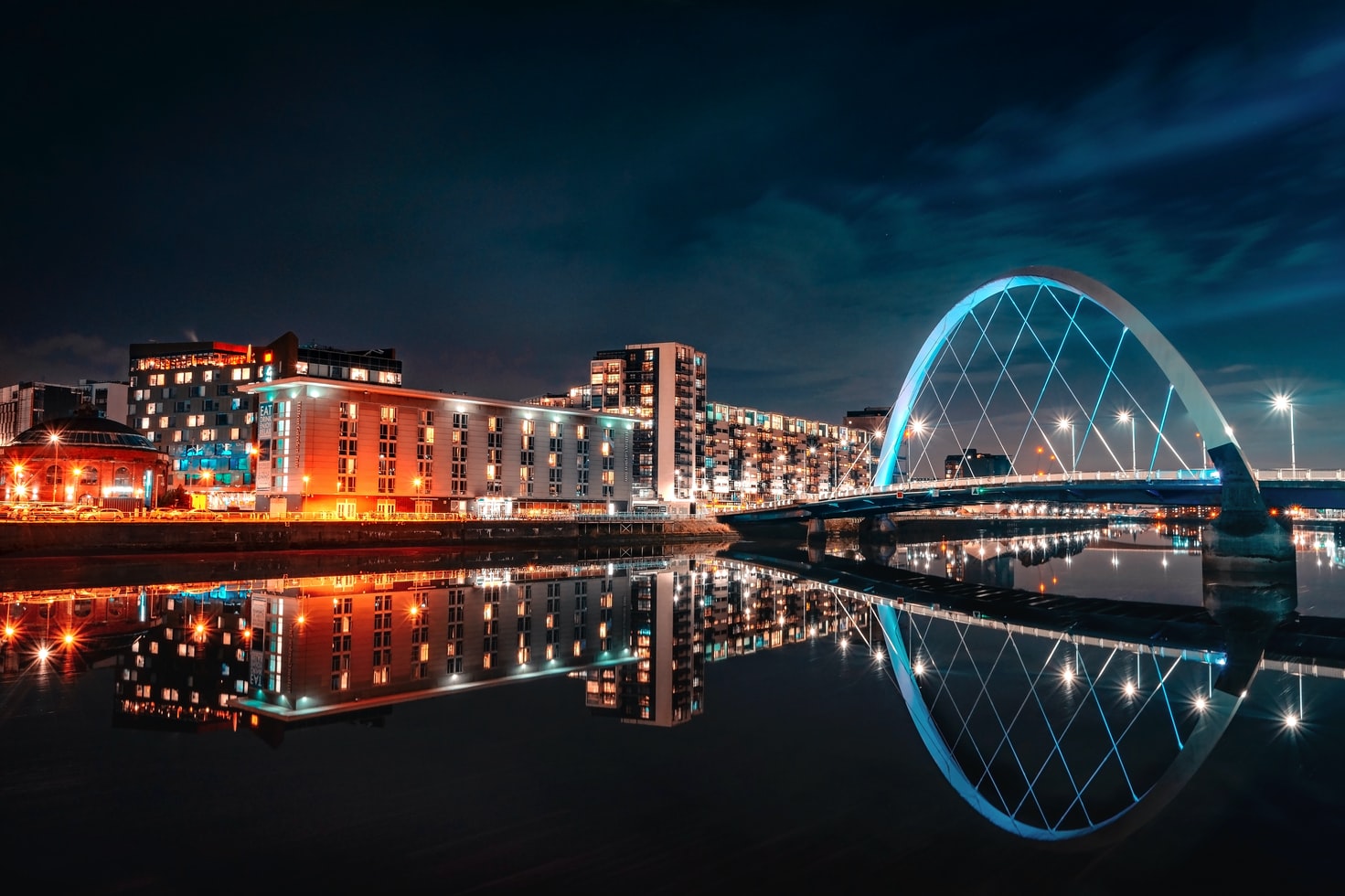There have been so many landmark deals and initiatives around the hydrogen economy during COP26 that any one of them could be the focus of this week’s news, but collectively they represent something much larger: the arrival of hydrogen on the world stage.
First, some of the biggest announcements. The Breakthrough Agenda, signed by 40 world leaders, including the US, India, EU and China, states as one of its five pillars that affordable renewable and low carbon hydrogen will be globally available by 2030.
The First Movers Coalition of 25 major global companies has proposed clean hydrogen as a key technology for their plans to decarbonise the steel, trucking and aviation sectors. With founding members including Amazon, Boeing, Fortescue, Volvo, AP Moller-Maersk and Vattenfall, it is difficult to imagine a more powerful line-up of leading companies to push the project forward.
The International Renewable Energy Agency (IRENA) and the World Economic Forum launched a series of enabling roadmaps for green hydrogen, each of which shows the top 10 measures and critical timelines for their implementation in areas such as cost reduction, demand growth, international standards, infrastructure and technology development.
Progress on a standard for green hydrogen production was given a boost by the Green Hydrogen Organisation and the UN High-Level Climate Action Champions, who are seeking to ensure that every batch of the fuel is produced using renewable energy with close to zero emissions.

Aker Horizons announced an enormous 10 GW floating offshore wind project in the North Sea that will convert the power generated into green hydrogen at a refinery in Shetland.
Here at Ryze Hydrogen we had a significant announcement of our own. On the eve of the first day of COP26, in partnership with our friends at JCB, we signed an agreement with Fortescue Future Industries that will see us become the biggest suppliers of green hydrogen to the UK.
Also close to home, Aker Horizons announced an enormous 10 GW floating offshore wind project in the North Sea that will convert the power generated into green hydrogen at a refinery in Shetland. The mega-project, will see ammonia and liquid hydrogen used domestically and exported abroad, could start producing by 2030.
Other countries, including the UAE, Chile and Japan also revealed major plans to increase hydrogen production in the coming years and decades, while a number of demand-side announcements made it clear that there will be a huge market for the fuel.
Hydroflex, the UK’s first hydrogen-fuelled train, developed by leading firm Porterbrook and the University of Birmingham, made its Scottish debut at COP26. Attendees also had the opportunity to see a working prototype of the world’s first hydrogen-fuelled ambulance, developed by ULEMCo and partners.
Another exciting development was the unveiling by a British venture from Oxford University of a new process that could enable zero-carbon flights using liquid ammonia made from renewable hydrogen.
Together, these announcements demonstrate a huge step forward for the hydrogen economy. Politically, clean hydrogen has the backing of the world’s biggest governments but not all of them are putting their money where their mouths are. Technological advancements in transport and industry mean the demand will be there; and plans to produce low carbon hydrogen at scale are advancing at pace.
For more about Ryze Hydrogen click here.






